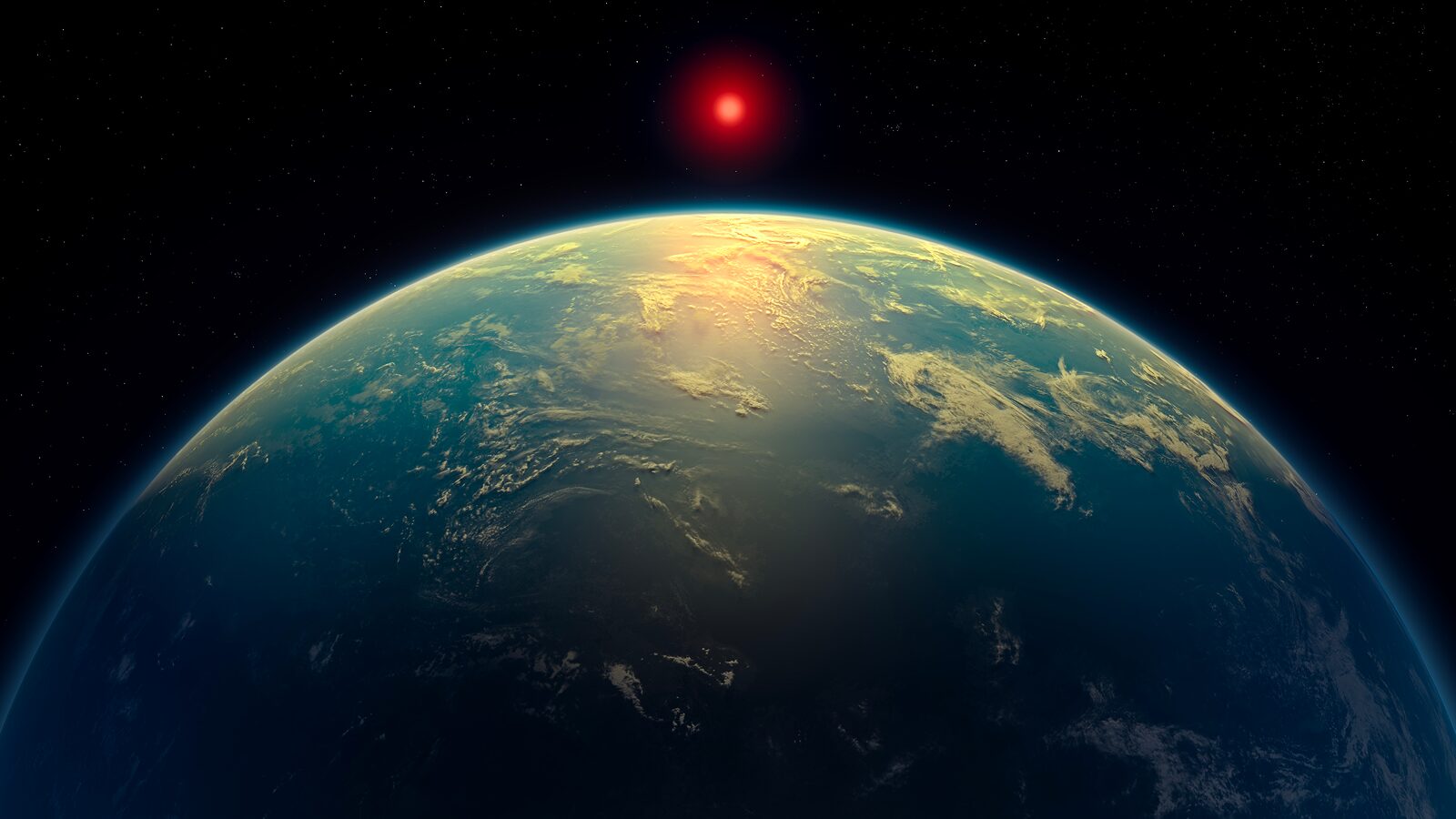The age-old question—“Are we alone in the universe?”—may have just taken a thrilling turn.
In a groundbreaking discovery, scientists using the James Webb Space Telescope (JWST) have found potential signs of life on a distant exoplanet known as K2-18b, located about 120 light-years away in the constellation Leo. This Hycean planet—believed to be covered in oceans and wrapped in a hydrogen-rich atmosphere—has become the subject of intense scientific interest.
K2-18b is not your typical rocky planet like Earth. It’s categorized as a Hycean planet—a term used for water-rich worlds with hydrogen-dominated atmospheres. These planets are larger than Earth but smaller than Neptune, making them super-Earths or mini-Neptunes in size. K2-18b is approximately 8.6 times the mass of Earth, and it orbits within the habitable zone of its star, meaning it could support liquid water—an essential ingredient for life as we know it.
The James Webb Space Telescope has detected carbon-bearing molecules in the atmosphere of K2-18b, specifically methane (CH₄) and carbon dioxide (CO₂). These molecules are considered potential biosignatures—chemical indicators that might suggest biological processes are taking place.
Even more intriguing is the possible detection of dimethyl sulfide (DMS). On Earth, DMS is produced almost exclusively by marine phytoplankton—microscopic life forms in the ocean. If this detection is confirmed, it could be one of the most compelling clues yet that alien life might exist elsewhere in the universe.
While the findings are exciting, scientists caution that the evidence is still preliminary. The DMS signal is not yet confirmed, and all detected molecules could also be produced through non-biological (abiotic) processes. More observations are needed to rule out false positives and confirm whether life—or conditions favorable to life—truly exist on K2-18b.
This discovery marks a major milestone in astrobiology. It is one of the first times that we’ve been able to analyze an exoplanet’s atmosphere in such detail and identify potential biosignatures.
As the JWST and future space telescopes continue to explore distant worlds, we move closer to answering one of humanity’s most profound questions. Could K2-18b be the first place beyond Earth to host life? Only time—and science—will tell.

